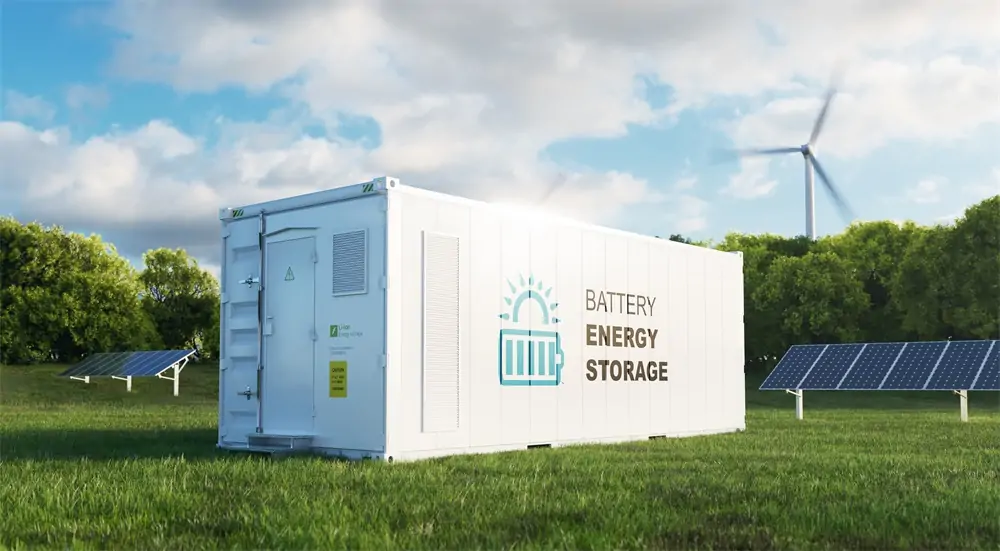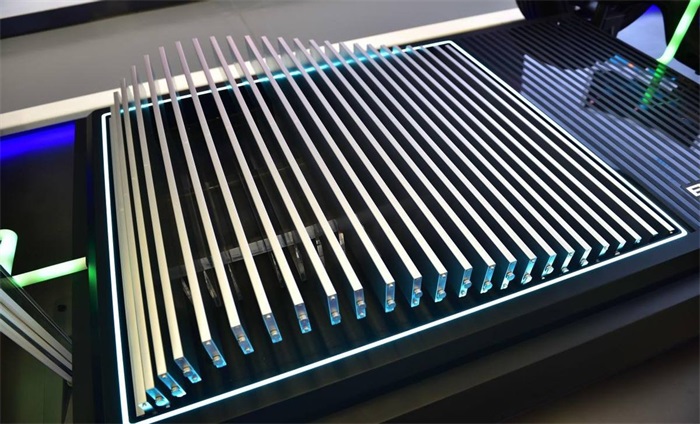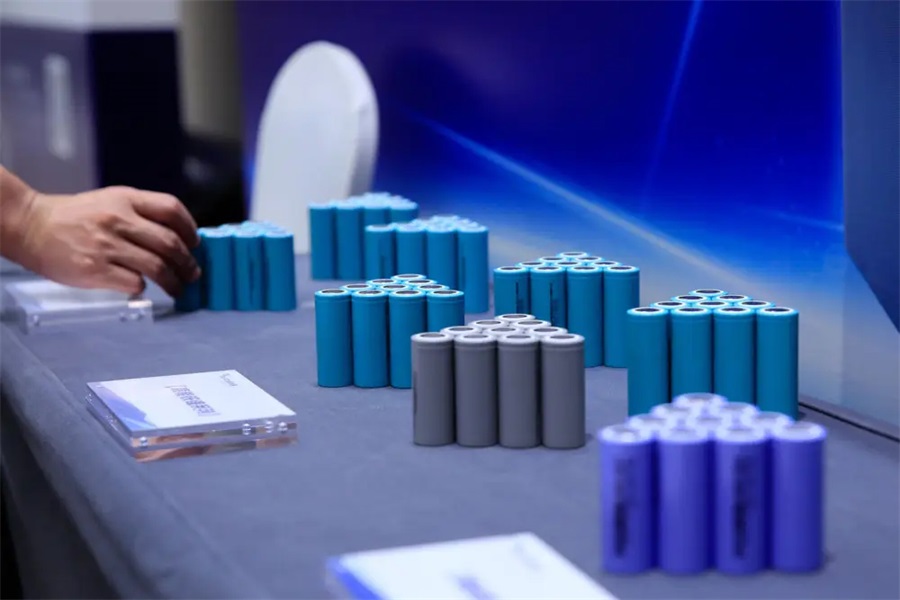Harnessing Second-Life Batteries for Renewable Energy Storage
As the share of renewable energy in power generation continues to grow, effective load management and storage technologies are becoming increasingly crucial to address the fluctuating nature of power production and demand. During periods of strong winds and low power demand, excess electricity must be stored for use when demand exceeds production during calmer or darker periods. To ensure a reliable power supply, various storage technologies such as pumped storage, compressed air storage, and battery storage are gaining importance.
In Germany, 14 percent of renewable electricity was curtailed in 2022 because the grid could not absorb the excess power, leading to an overload. Dr. Robert Brandt, Managing Director of the Renewable Energy Agency (AEE), stated, "As a society, we cannot afford to lose renewable electricity in this way."

Solution for Local Power Grids: Second-Life Batteries from Electric Cars
Energy storage can stabilize local power grids, integrate renewable energies, and support the energy transition by linking the power sector with transportation and heating. Used traction batteries from electric vehicles, typically retired when their capacity falls below 80 percent, can serve as effective stationary storage solutions. This repurposing extends the batteries' lifecycle and positively impacts the CO2 balance of energy storage.
Municipalities can integrate these second-life batteries into their local grids for various purposes, such as expanding charging infrastructure for electric vehicles, ensuring power supply to critical infrastructure like hospitals or fire stations, supplying residential areas, and powering wastewater treatment plants.
"Reusing batteries from electric vehicles offers a more sustainable way to store excess energy and release it during high demand," emphasizes Brandt. "By giving these valuable resources a second life, we actively promote the expansion of renewable energies and conserve resources needed for manufacturing batteries."
France: Early Adopter of Second-Life Batteries
In France, second-life battery initiatives have been underway since 2020. The Munich-based company The Mobility House, in partnership with Renault, established a power storage facility at the Renault plant in Douai. This facility uses both used and new batteries to maintain their optimal charge state. The storage system consists of four shipping containers, each holding 54 battery packs, with a total capacity of about 47 MW. This system participates in the primary control reserve market to maintain grid frequency stability and can supply electricity to nearly 370 households for a day.
Another pilot project by Renault combined 72 new and used batteries from the Renault Zoe at a former coal-fired power plant in North Rhine-Westphalia, Germany. This project, part of Renault's “Advanced Battery Storage” initiative, aims for a total storage capacity of 70 MWh.
The Fluxlicon Project
In Germany, the "Intelligent and Flexible System for the Use of All Second-Life Batteries in Municipal Charging Infrastructure" (Fluxlicon) project is developing a modular energy storage system from second-life batteries. Funded by the Federal Ministry for Economic Affairs and Climate Action (BMWK), the project involves PEM Motion, ConAC, the Chair of Production Engineering of E-Mobility Components (PEM) at RWTH Aachen University, DEKRA, and the Renewable Energy Agency. Their goal is to help municipalities advance the energy transition locally.
The future of storage, like power generation, is decentralized and diversified. Renewable energy plants of all sizes must be coupled with privately, commercially, and publicly operated storage systems. Currently, such systems are relatively rare in Germany. For instance, the WEMAG Group's battery storage plants "Schwerin 1" and "Schwerin 2," inaugurated in 2017 and once the largest lithium battery network in Europe, have a combined capacity of 15 MWh. This is only a fraction of the potential stationary battery storage capacity in Germany by 2040, which could reach levels described by Fraunhofer ISE or the worldwide storage capacity sold in 2022 of about 140 GWh.
The technology is in its early stages, making it crucial to vigorously advance the expansion of a decentralized storage infrastructure now.

